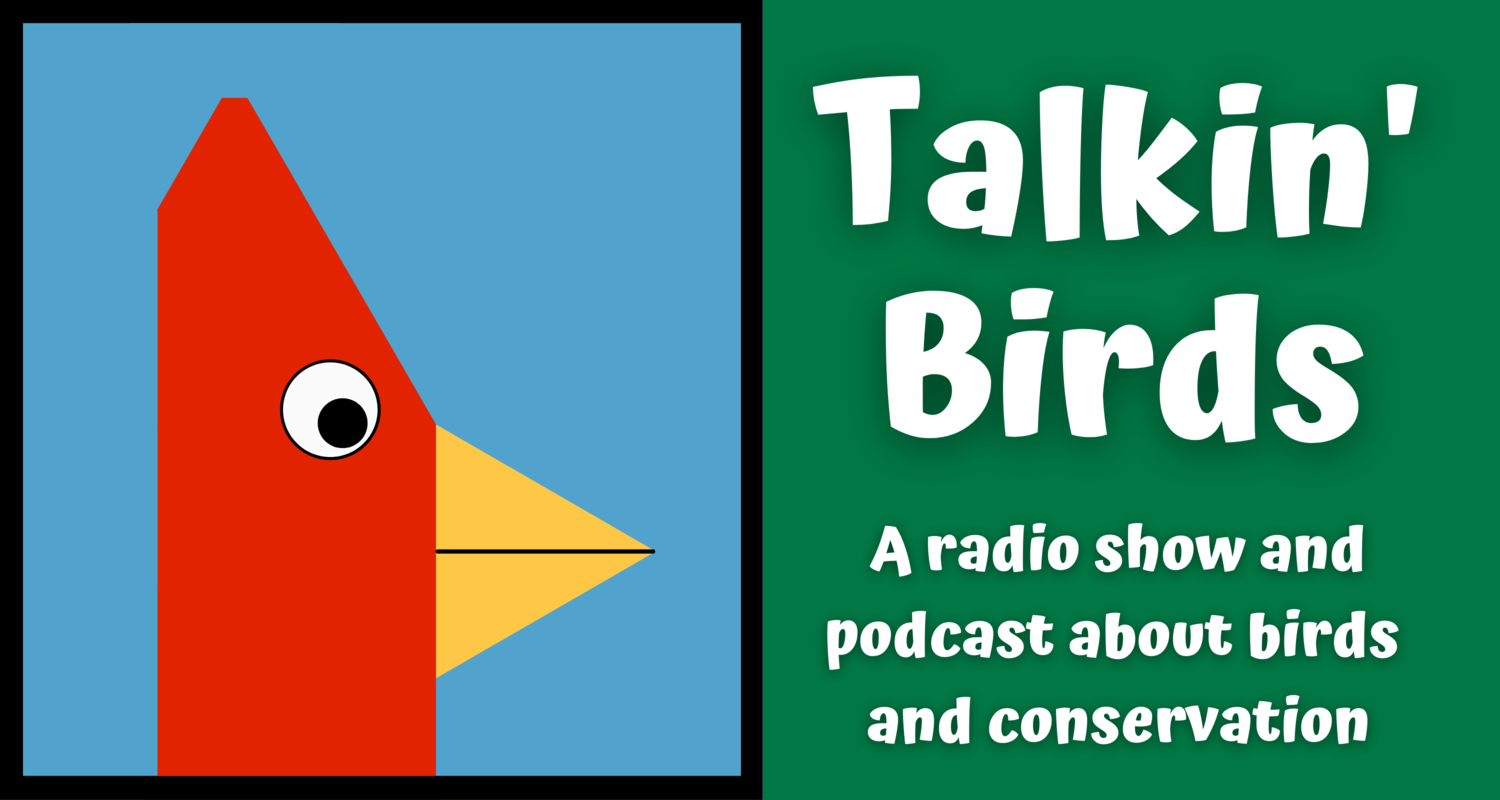By Kevin South, father of two and third grade teacher, Fullerton IV Elementary, Roseburg, Oregon
Editor’s note: This story is offered as a supplement to Kevin’s interview from Episode #735 aired on July 7th, 2019. Kevin hopes it will inspire all of us to engage kids with the natural world.
As a third-grade teacher, much of what I do is driven by curriculum standards. There are standards for writing, reading skills, every type of math under the sun, and a myriad of scientific subjects. When I first became a teacher, I assumed I was beholden solely to the curriculum; however I’ve come to realize that sharing my own passions with students not only meets requirements in standards-based education, it is far more enriching and engaging than curriculum alone.
For anybody wanting to excite young people about birds and birding, simply share your own joy and enthusiasm! I once heard Fred Rogers quote a Quaker saying, “Attitudes are caught, not taught.” I can tell you this is true of birding. If you do what you love in front of kids, they will love it too.
For teaching, I use many of the free resources available through the Cornell Lab Ornithology. Their lesson plans can be easily incorporated into a classroom. I use the Bird Sleuth lessons as well as games and online activities such as Beast Box and Bird Song Hero, which students find highly engaging. I also use Feathered Friends: Bird of the Month to introduce a variety of species to the kids.
Birding lends itself to writing. I find that my students are eager to write about their first birdwatching experiences, dream up fictional narratives about birds, and assimilate their learning by writing articles. I share a variety of excellent books, magazines, and online articles with my students as well. A fabulous book to read with young people about birds and conservation is Wildwings by Gill Lewis, about the discovery of an Osprey in Scotland and its migration over the course of a year. I find it highly engaging for both kids and adults.
Throughout our school year, my class maintains feeders and nest boxes outside our classroom window, and we keep a list of the birds we see there and around campus. We also build feeders and use bird box kits made available to us at no cost through Oregon’s Department of Fish and Wildlife, which allows the students to create a welcoming environment for birds at home.
2019 was the first year we were able to put a pair of binoculars in the hands of each student during our birdwatching lessons. Grants and the support of our booster club enabled me to purchase a class set of Kidwinz Binoculars. They are rubber coated, with real optics, and have proven ideal. Once we have data from our birdwatching, I introduce citizen science to my students; and, as a class, we input our bird watching data into eBird. Making observations about birds, habitats, and nature at large helps us meet science standards; and the work with data helps us address math standards as well.
We plant native bee- and bird-friendly wildflowers in a small garden we have set up on campus. I keep an open conversation with the young people about wildlife, climate change, and steps we humans can take to reduce our carbon footprint. I facilitate this discussion using a carbon footprint calculator.
The first time I took a group of students out for a birding expedition on campus, I was apprehensive, to say the least! Would they listen as I described common species in our area? Would they note the species identified? Would they even look for birds at all? Imagine my amazement as my students were completely transfixed by the birds they saw! Even common birds such as the American Robin and the Western Scrub Jay were seen with fresh eyes. It was as if they had stepped out of black-and-white and into color for the first time, like Dorothy in The Wizard of Oz.
Listed below are the Internet resources I use; this is merely a jumping-off point for exciting any kids about birds and fostering a larger interest in conservation and the world.
One of the things that I love most about being a teacher is being the “Master of Ceremonies of the Universe:” part of my job is to share the universe we live in with my students, sometimes sharing aspects of our world that they’ve never witnessed before. My hope is that you also take that title and share your enthusiasm for birds and the world with the young people you know.
Cheers and happy birding!
Resources and Links
Bird Sleuth: http://www.birds.cornell.edu/k12/
http://www.birds.cornell.edu/k12/explorers-guidebook/
Beast Box: https://academy.allaboutbirds.org/features/beastbox/
Birdsong Hero: https://academy.allaboutbirds.org/bird-song-hero/
Bird of the Month: http://www.birds.cornell.edu/k12/feathered-friends/
eBird: https://ebird.org/home
Feeders: http://www.birds.cornell.edu/k12/make-your-own-feeder/
Carbon Footprint Calculators: http://www.parkcitygreen.org/Calculators/Kids-Calculator.aspx
http://meetthegreens.pbskids.org/features/carbon-calculator.html
https://climatekids.nasa.gov/review/how-to-help/
Nature Live Cams: https://explore.org/livecams
Wildwings by Gill Lewis: https://www.simonandschuster.com/books/Wild-Wings/Gill-Lewis/9781442414464
